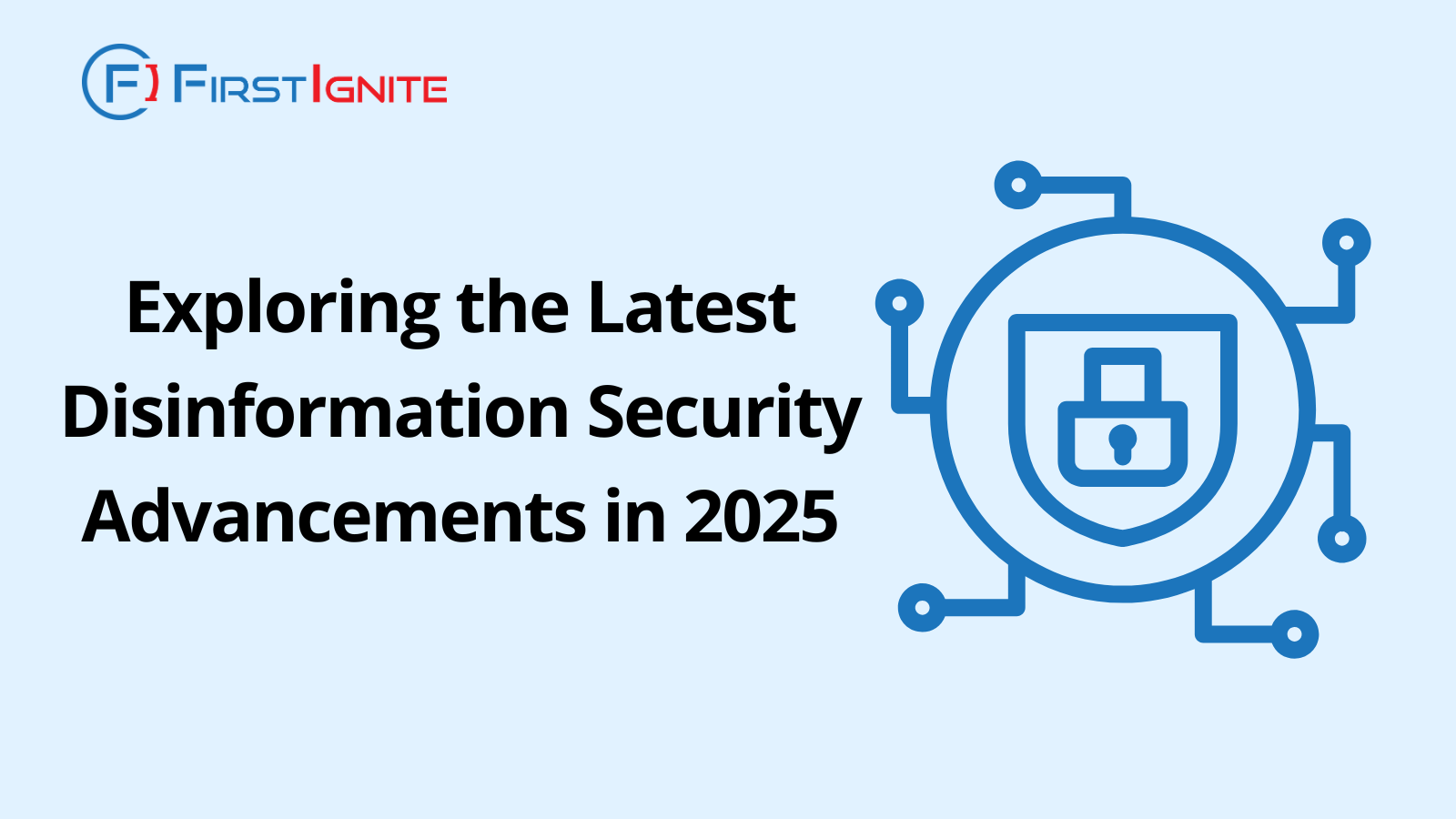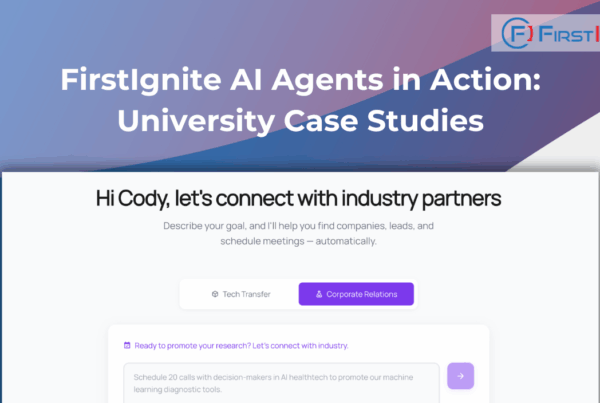
As we move deeper into the digital age, the threat of disinformation has become an increasingly pressing concern for individuals, organizations, and governments worldwide. In 2025, the landscape of disinformation security has undergone a transformative evolution, with new technologies and innovative approaches emerging to combat this growing challenge. In this article, we’ll discuss the latest disinformation security trends, explore the impact of technological updates, and discuss the critical role of artificial intelligence in safeguarding against the spread of false information.
Understanding the Latest Disinformation Security Trends
In the rapidly evolving field of disinformation security, key trends are reshaping our approach to this challenge. Advancements in deep fake detection are enabling researchers to identify manipulated content with remarkable accuracy, while collaborative fact-checking platforms bring together global experts to rapidly debunk false information. Decentralized social media architectures are emerging as alternatives to centralized platforms, aiming to reduce control over content distribution and empower users. Additionally, AI-powered tools for proactive monitoring now scan the digital landscape to detect disinformation campaigns early, allowing for timely and effective responses.
The Impact of Disinformation Technology Updates on Cybersecurity
Rapid advancements in disinformation technology are reshaping cybersecurity, requiring professionals to adapt to evolving threats. The sophistication of deep fakes has spurred the development of advanced detection algorithms to identify manipulated media with high accuracy. Meanwhile, decentralized social media platforms present new challenges, lacking the oversight of traditional networks and demanding novel monitoring strategies. Proactive, collaborative approaches are essential, with cybersecurity experts working alongside researchers and policymakers to safeguard against the growing threats of disinformation.
The Role of Artificial Intelligence in Disinformation Security
Artificial Intelligence (AI) has become a powerful tool in combating disinformation, leveraging advanced detection systems to analyze vast online content, identify coordinated inauthentic behavior, and flag potential disinformation. AI-driven techniques like natural language processing and computer vision enhance the detection of deep fakes and manipulated media by uncovering subtle inconsistencies. Beyond detection, predictive models enable proactive responses by anticipating emerging disinformation narratives. As AI evolves, its potential expands into areas like automated fact-checking and personalized digital literacy campaigns, offering significant advancements in the fight against false information.
University Advancements in Disinformation Security
Universities around the world have been at the forefront of research and innovation in the field of disinformation security. For instance, the University of Washington’s Center for an Informed Public conducts interdisciplinary research to combat online misinformation, while Stanford University’s Internet Observatory focuses on analyzing the spread of disinformation across social media platforms. These academic institutions have recognized the urgent need to address this growing challenge and have dedicated significant resources to advancing the understanding and mitigation of disinformation.
Enhancing Cybersecurity Measures to Tackle Disinformation
As the threat of disinformation evolves, a comprehensive approach to cybersecurity is essential, combining public digital literacy, interdisciplinary collaboration, and technological innovation. Empowering individuals to critically evaluate online content reduces susceptibility to false narratives, while partnerships between cybersecurity professionals and disinformation researchers have driven advancements in early detection tools, such as AI-powered systems and network analysis. Robust information-sharing protocols and cross-sector collaboration further enhance the ability to counter coordinated disinformation campaigns. By integrating these strategies, we can build collective resilience against the growing challenge of disinformation in an ever-changing digital landscape.
Conclusion: Embracing Innovation to Safeguard Against Disinformation in 2025
As we look towards the future, the advancements in disinformation security offer a glimmer of hope in the fight against the spread of false information. From the development of sophisticated deep fake detection algorithms to the emergence of collaborative fact-checking platforms, the tools and strategies at our disposal have never been more robust.




